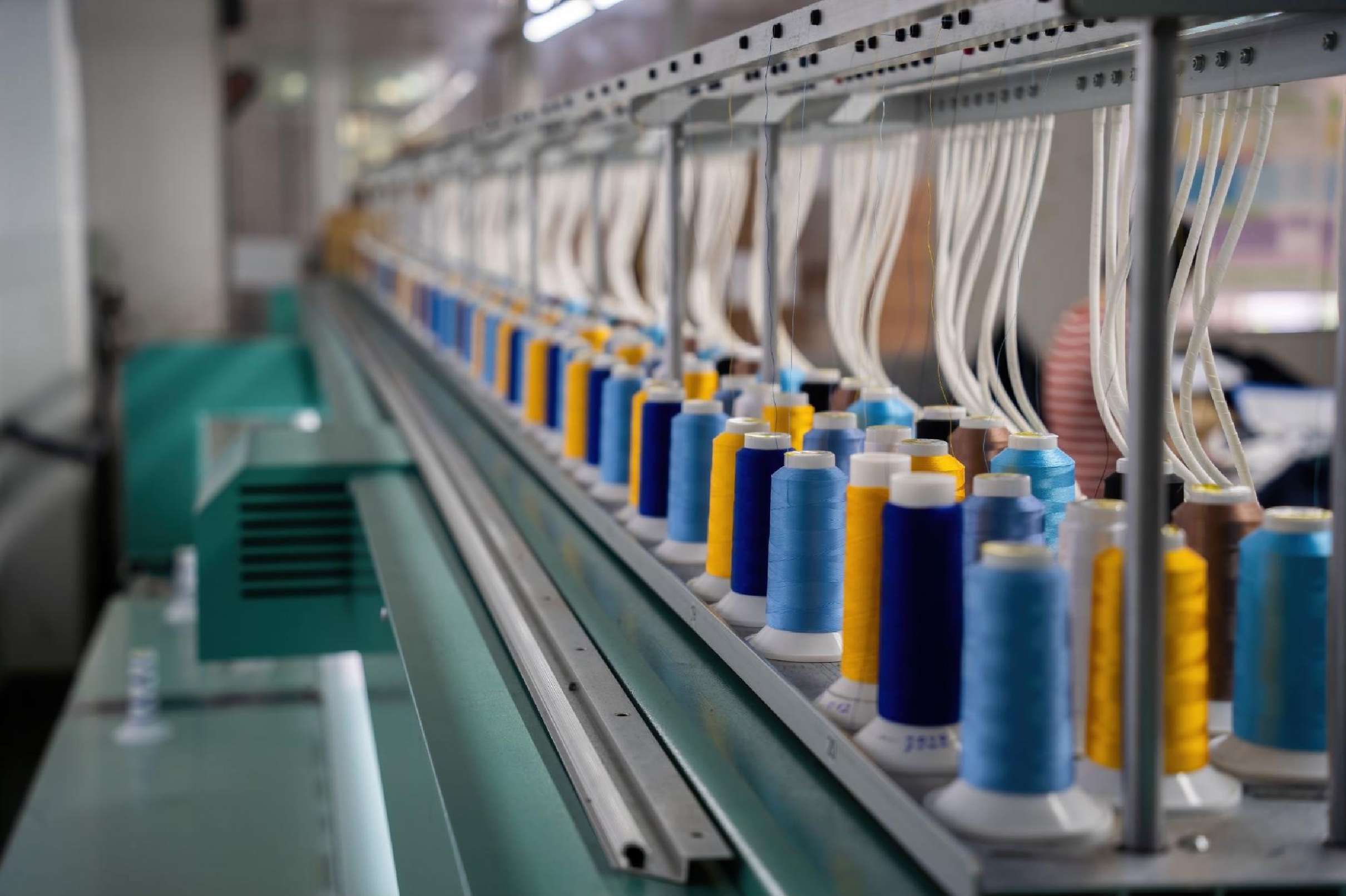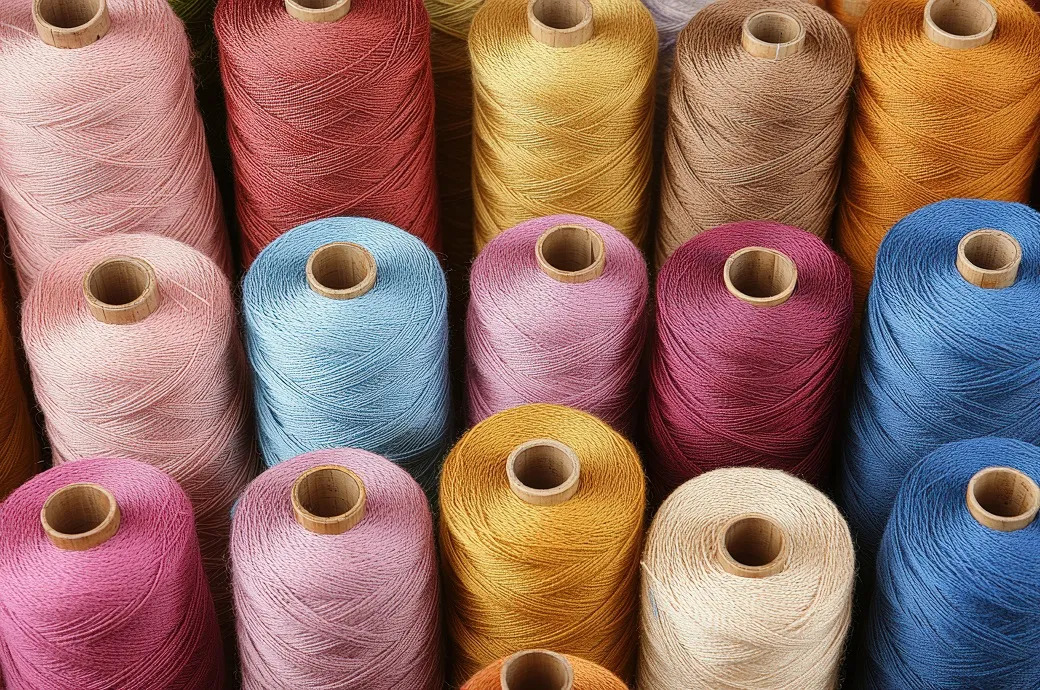Hard luxury goods are growing at 10 to 12 per cent, says a new study. The luxury goods market is segmented into soft luxury goods and hard luxury goods. Soft luxury goods includes designer apparel and leather goods such as handbags. Hard luxury goods comprises jewelry and premium watches.
North America and Europe have the highest market share of the hard luxury goods market. But the Asia Pacific is expected to account for the fastest CAGR growth as compared to other regions. Among the countries in the Asia Pacific, China is expected to be the most lucrative market, followed by Japan. India is also expected to show healthy growth. In the Asean region Singapore is expected to be the most dominant market. The rising growth for hard luxury goods in Singapore is supported by new entrants in jewelry brands and rising sales of watches. Thailand and Malaysia are also prominent contributors to the revenue of the hard luxury good market in the Asean region followed by Indonesia and the Philippines.
Luxury goods comprise products which are quite expensive and the target is consumers who belong to the premium class. The market for luxury goods consist of three types of end consumers, children up to 12 years, teenagers belonging to the age group of 13 to 19 years and adults.
Asia Pacific to see fastest cumulative growth in hard luxury goods
- 1
- 2
- 3
- 4
- 5
- 6
- 7
- 8
- 9
- 10
Blueprint 2030: India’s textile industry charts a $100 bn export mission
When India’s Ministry of Textiles unveiled its four-point action plan recently, it wasn’t just another policy announcement it was a... Read more
Cheaper Indian yarn threatens Bangladesh’s textile backbone
Bangladesh's yarn and textile manufacturing sector is facing a severe crisis, primarily due to a price gap between locally produced... Read more
Threadbare Peace: Why the US-China textile truce freezes pain instead of fixing …
The historic economic understanding between US President Donald Trump and Chinese President Xi Jinping, reached in Busan last week, may... Read more
German Textile and Fashion Industry demands SME friendly procurement rules
The German Textile and Fashion Industry Federation (Gesamtverband textil+mode) is urgently warning the German Bundestag about the potential negative consequences... Read more
Intertextile Shanghai Spring 2026: Driving fashion’s future AI and sustainabilit…
As the global fashion supply chain rapidly evolves through technological advancements, China continues to cement its role as a leader... Read more
H&M Foundation and Accenture warn incremental change can’t save fashion’s cl…
A new report from the H&M Foundation and Accenture reveals that the fashion industry has reached a critical inflection point,... Read more
A Stitch in Time: How circular fashion is moving from niche to the norm
Once considered a fringe movement, circular fashion is rapidly becoming a mainstream business reality. The linear model of ‘take, make,... Read more
H&M invests in AltMat to scale India’s Next-Gen fiber innovation
In a defining move for India’s sustainable fashion ecosystem, H&M Group Ventures has made its first textile investment in the... Read more
EURATEX Director General pitches "New Business Model" at textile confe…
The global textile and apparel value chain is at a critical juncture, requiring a fundamental shift in its operating philosophy.... Read more
From Runway to Atmosphere: When clothes begin to clean the air
At Paris Fashion Week, Stella McCartney once again blurred the line between fashion and science. Her latest innovation, denim that... Read more












